Are you feeling worn out after trying countless dog training methods that just don’t seem to stick? Maybe you’ve shouted, pleaded, and bribed with treats—yet your furry companion still ignores your commands or jumps on guests. What if the secret to a well-behaved dog isn’t about being firmer or louder, but gentler? Let’s take a fresh look at a surprisingly effective, gentle approach that’s winning hearts and transforming relationships between dogs and their humans everywhere. This isn’t just another fad; it’s a loving, respectful way to teach your dog that could change everything.
Why Traditional Methods Might Not Work
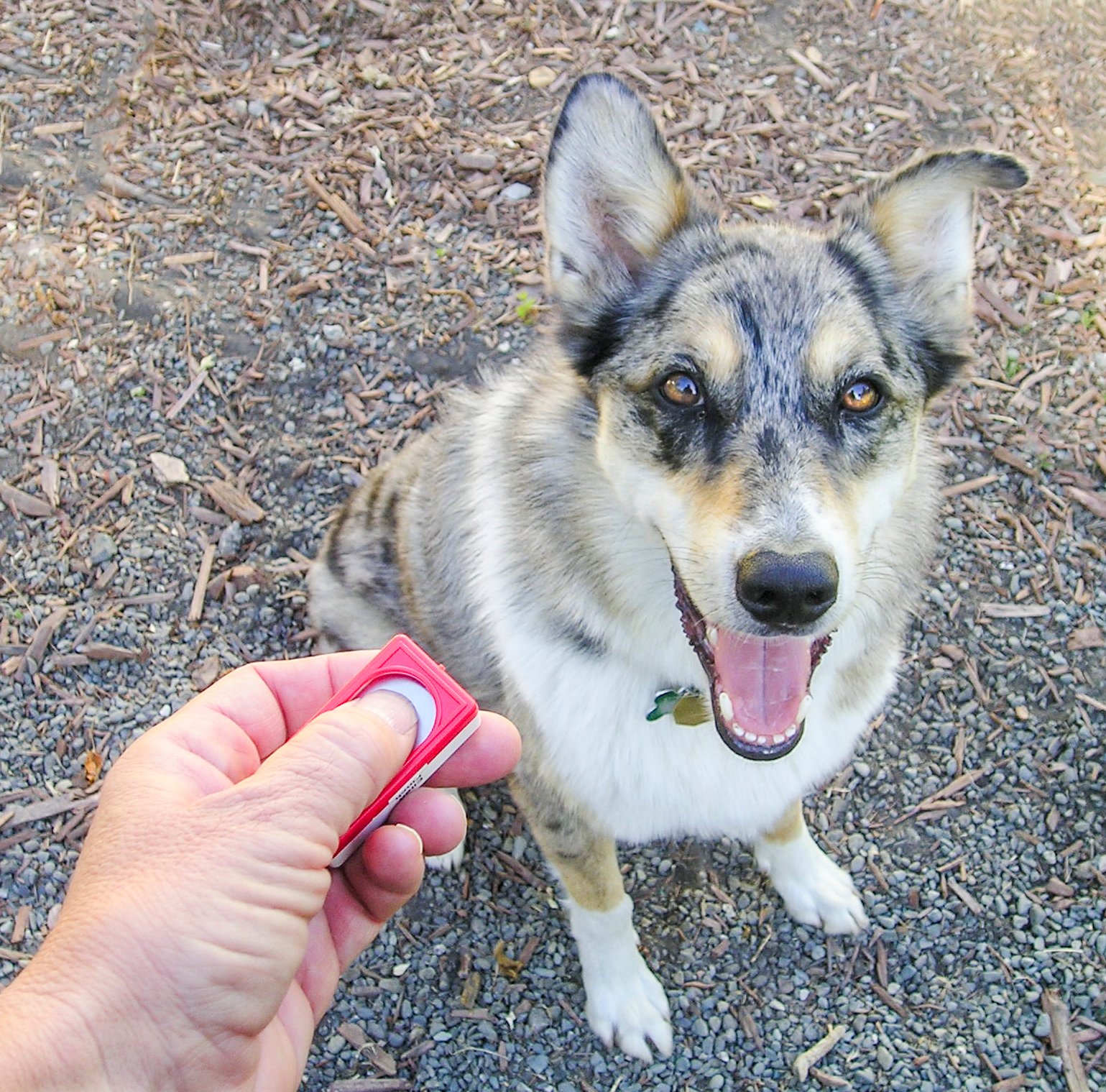
If you’ve tried all the tips, tricks, and tools and still feel like your dog isn’t responding, you’re not alone. Dog training can be a test of patience, and it’s easy to assume that more structure or stricter discipline is the answer. But what if the real breakthrough comes from going softer, not harder? Gentle, relationship-based training is transforming the way people connect with their dogs—focusing less on control and more on trust, understanding, and mutual respect.
Many dog owners start with high hopes and strict rules, convinced that discipline and dominance will shape their pup’s behavior. Yet, after weeks or months, frustration can set in. Harsh corrections and loud commands often cause dogs to become anxious or even fearful, not obedient. Some breeds, especially sensitive ones, may shut down completely under pressure. You might notice your dog cowering, avoiding eye contact, or even acting out more than before. If your training sessions feel like battles, you’re not alone. It’s heartbreaking to see your best friend confused or scared, and it’s easy to feel like you’re failing as an owner. The truth is, dogs respond best to methods that make them feel safe and understood. Traditional techniques may work for some, but for many, a gentler approach is the key to lasting change.
The Power of Positive Reinforcement
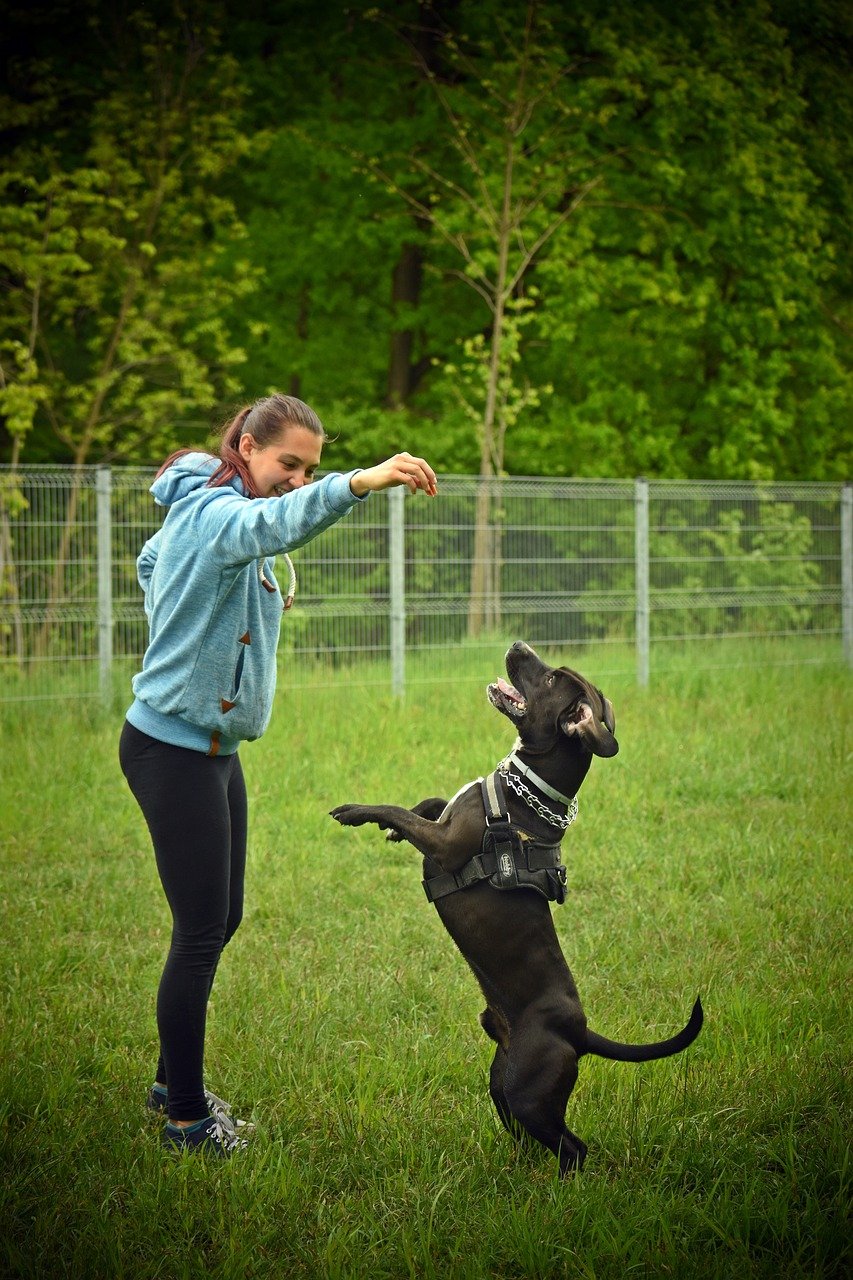
Imagine being praised every time you did something right, rather than scolded when you made a mistake. That’s the essence of positive reinforcement in dog training. This method centers on rewarding good behavior—like sitting patiently or walking calmly on a leash—with treats, praise, or play. Over time, your dog learns that good things happen when they listen to you. It’s a joyful, uplifting experience for both you and your pet. Positive reinforcement helps build trust and strengthens your bond, making your dog eager to cooperate. It also reduces stress and confusion, which often lead to bad behavior. Dogs, like humans, want to feel successful and loved, not fearful or unsure. This gentle approach taps into their natural desire to please and can spark a dramatic transformation in even the most stubborn pups.
Understanding Canine Emotions
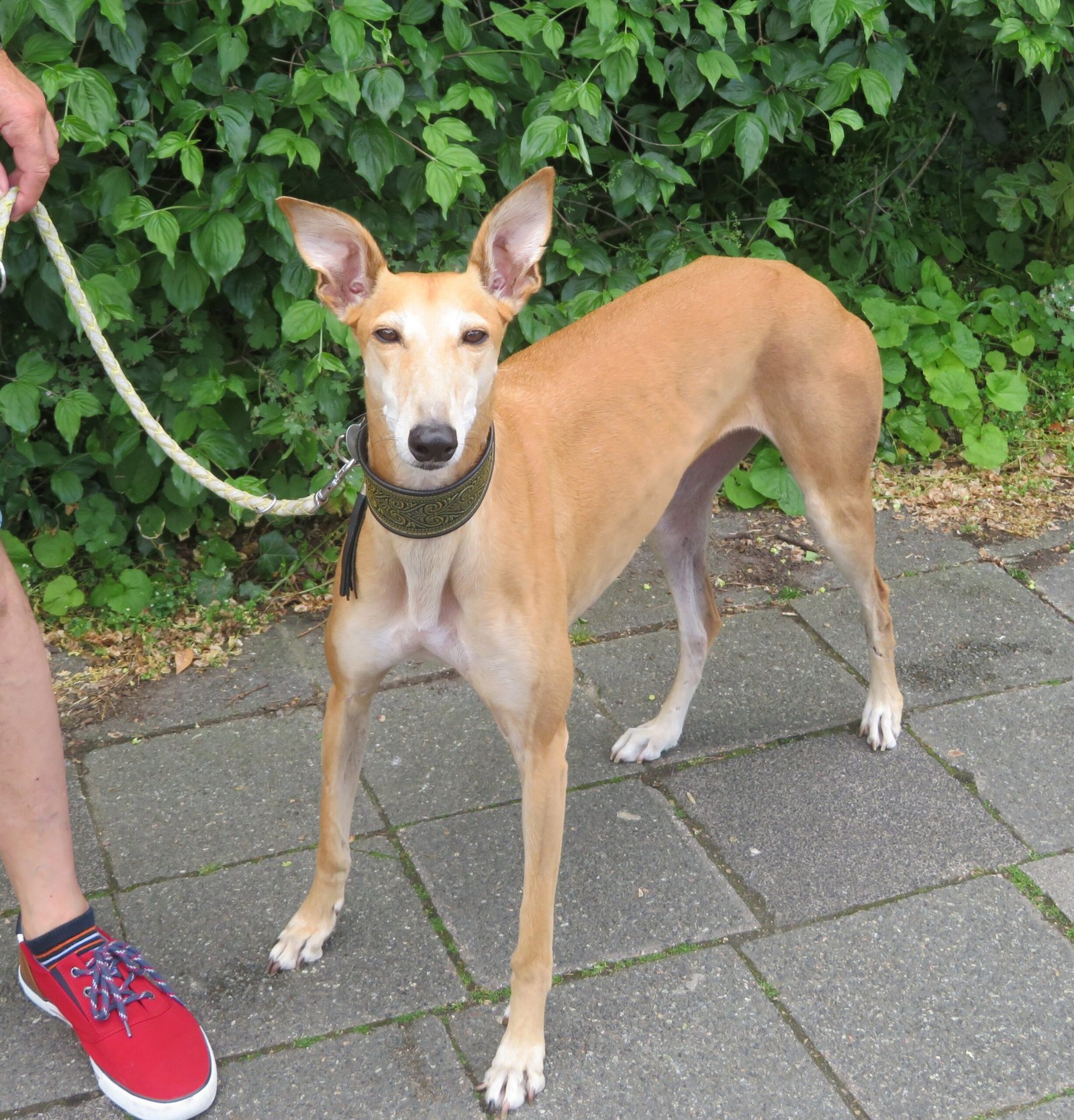
Dogs feel a wide range of emotions, from joy and excitement to fear and sadness. Recognizing this is a game-changer for training. When you take the time to understand how your dog feels, you can respond in ways that make them more comfortable and willing to learn. For instance, if your dog seems anxious during training, it might be because they don’t understand what you want or they’re overwhelmed by the environment. Using patience, soft words, and gentle touches can reassure them. Think of it as guiding a child through a new experience—encouragement and empathy go a long way. When dogs feel safe, their natural curiosity and eagerness to please shine through. This emotional connection creates a foundation of trust, making every lesson stick a little better.
Communication: It’s Not Just About Commands
It’s tempting to think that training is all about giving orders and expecting immediate obedience. But dogs, much like people, need clear communication to thrive. Dogs don’t speak our language, but they’re experts at reading our tone, body language, and facial expressions. If you’re tense or frustrated, your dog picks up on it instantly. In gentle training, the goal is to communicate with calm signals and consistent cues. Instead of barking out commands, try using a soft, steady voice and positive body language. This approach helps your dog feel relaxed and confident, making them much more likely to respond. It’s less about being “the boss” and more about being a trusted guide. When communication is clear and gentle, misunderstandings melt away and cooperation comes naturally.
Building Trust Through Consistency
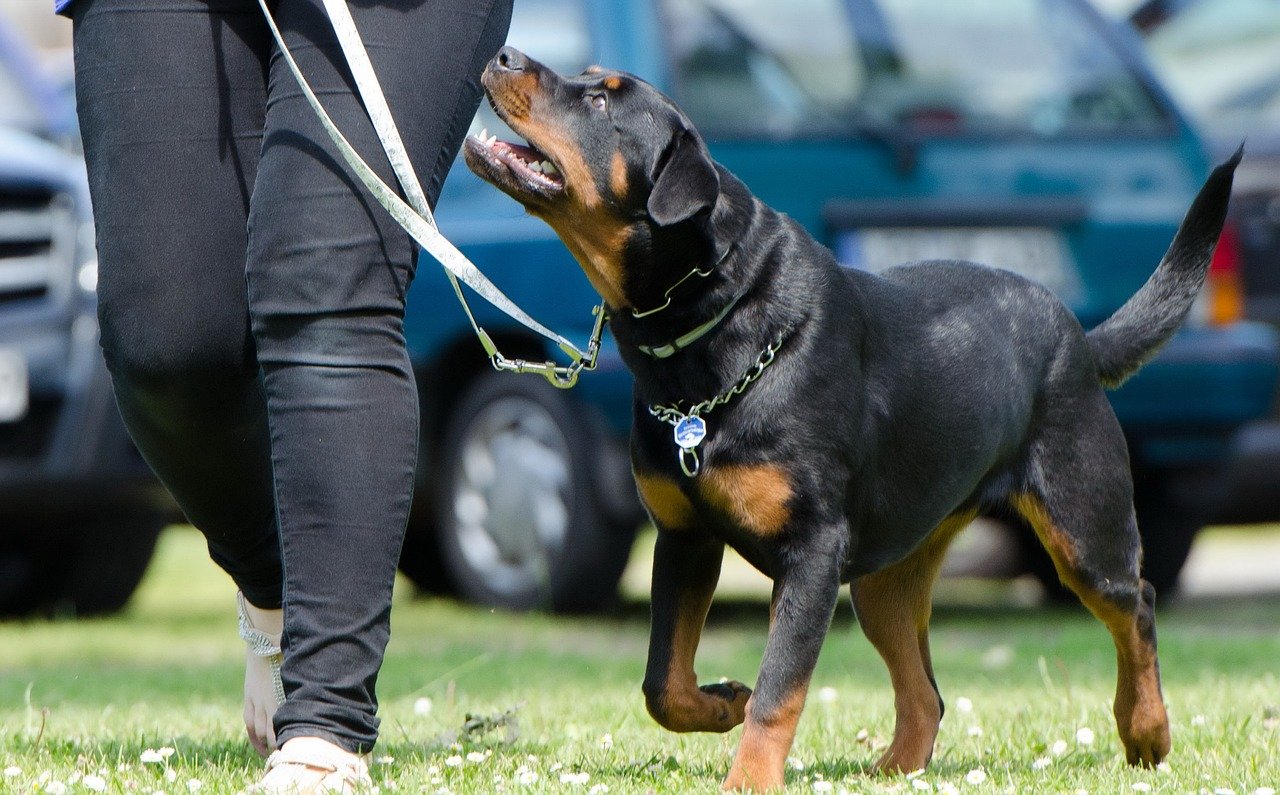
Imagine if the rules at your job changed every day—wouldn’t you be confused? Dogs feel the same way when training is inconsistent. Gentle training thrives on steady, predictable routines. If you reward your dog for sitting one day and ignore it the next, they’ll quickly become puzzled. By sticking to the same cues, rewards, and boundaries, you help your pet feel secure. Consistency isn’t just about routine; it’s about fairness. When your dog knows what to expect, they feel safe enough to try new things and learn new behaviors. Over time, this trust turns into loyalty and enthusiasm for training. It’s a gentle approach that pays off in a happier, more cooperative companion.
Redefining Correction: Gentle Guidance Over Punishment
Correcting a dog doesn’t have to mean yelling or physical punishment. In fact, those harsh tactics can do more harm than good, damaging your relationship and making your dog fearful. Gentle training encourages you to correct unwanted behavior by redirecting your dog’s attention to something positive. For example, if your dog jumps on guests, calmly ask them to sit and reward them for doing so. This way, you’re teaching them what you want, rather than just punishing what you don’t. It’s a subtle but powerful shift—one that helps your dog learn without fear or confusion. Gentle correction is about teaching, not scaring. It’s about guiding your dog to make better choices, every single day.
The Role of Patience in Gentle Training
Patience is the secret ingredient in any successful gentle training plan. Dogs don’t learn new behaviors overnight, and expecting instant results only leads to disappointment. Every dog is unique—some pick up commands quickly, while others take more time to understand. Patience means celebrating small victories and staying calm when things don’t go perfectly. It’s about repeating lessons as many times as it takes, always with kindness and encouragement. If you find yourself getting frustrated, take a break and try again later. Your dog can sense your mood, and a relaxed trainer makes for a relaxed learner. Remember, gentle training is a journey, not a race. Patience helps you build a loving, trusting relationship that lasts a lifetime.
Making Training Fun and Engaging
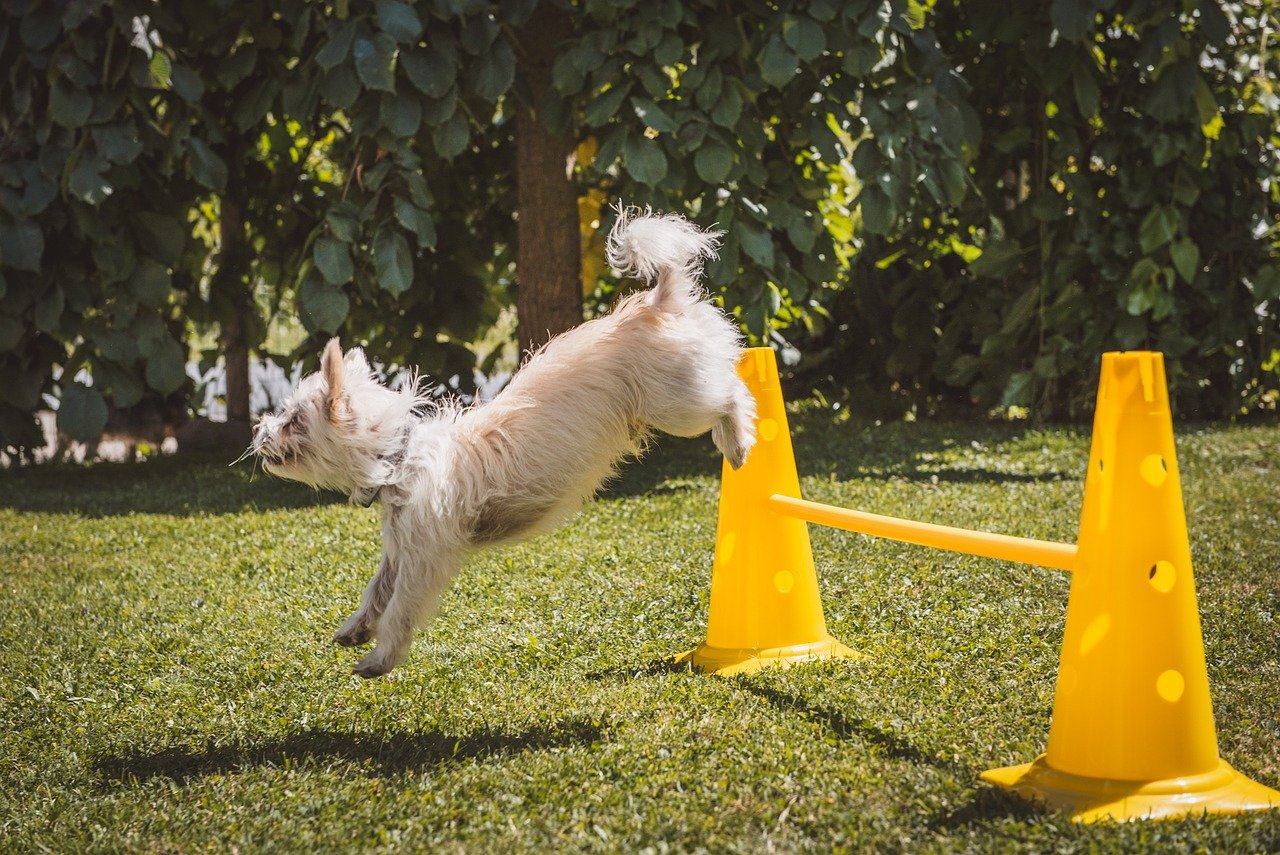
Training shouldn’t feel like a chore—for you or your dog! Gentle training focuses on making lessons fun and rewarding. Turn obedience practice into a game, use exciting toys as rewards, or incorporate training into your daily walks. When your dog is having a good time, they’re much more likely to pay attention and remember what they’ve learned. Laughter, play, and positive energy can transform even the most stubborn dog into a willing student. Look for signs that your dog is enjoying themselves—wagging tails, eager eyes, and playful barks are all good indicators. Training sessions that end with smiles and tail wags are a sure sign you’re on the right track.
Overcoming Common Challenges with Kindness
Every dog has their quirks—some bark at every noise, others pull on the leash, and a few just can’t resist chewing shoes. Gentle training accepts these challenges without frustration. Instead of scolding or punishing, this approach encourages you to find the root of the problem. Is your dog bored? Anxious? Full of pent-up energy? By addressing these underlying needs, you can gently guide your dog toward better behaviors. For example, providing more exercise can curb destructive habits, while teaching a calming routine can help with barking. Kindness isn’t about being permissive; it’s about understanding and problem-solving together. With time and empathy, even the most challenging issues can be overcome.
How Gentle Training Deepens Your Bond
At its heart, gentle dog training isn’t just about obedience—it’s about building a deeper connection with your furry friend. When you train with patience, kindness, and respect, your dog learns to trust you completely. This trust turns into loyalty, making your dog more eager to please and more responsive to your cues. You’ll notice a new sense of teamwork, as if you and your dog are speaking the same language. The joy on your dog’s face when they finally master a new trick, or the way they come running when you call, is a powerful reminder of what gentle training can achieve. It’s a relationship built on love, not fear—a bond that lasts a lifetime.
What gentle approach will you try next with your best friend?

Born and bred in South Africa, a Capetonian at heart. Amy-Leigh’s love for nature and animals was inherited from her Dad. He loves taking the family on road trips to experience nature at its finest; Amy-Leigh’s favourite being whale watching in Hermanus and spotting Kudu along the West Coast. Amy-Leigh holds a BA in English Literature and Communication Studies.





